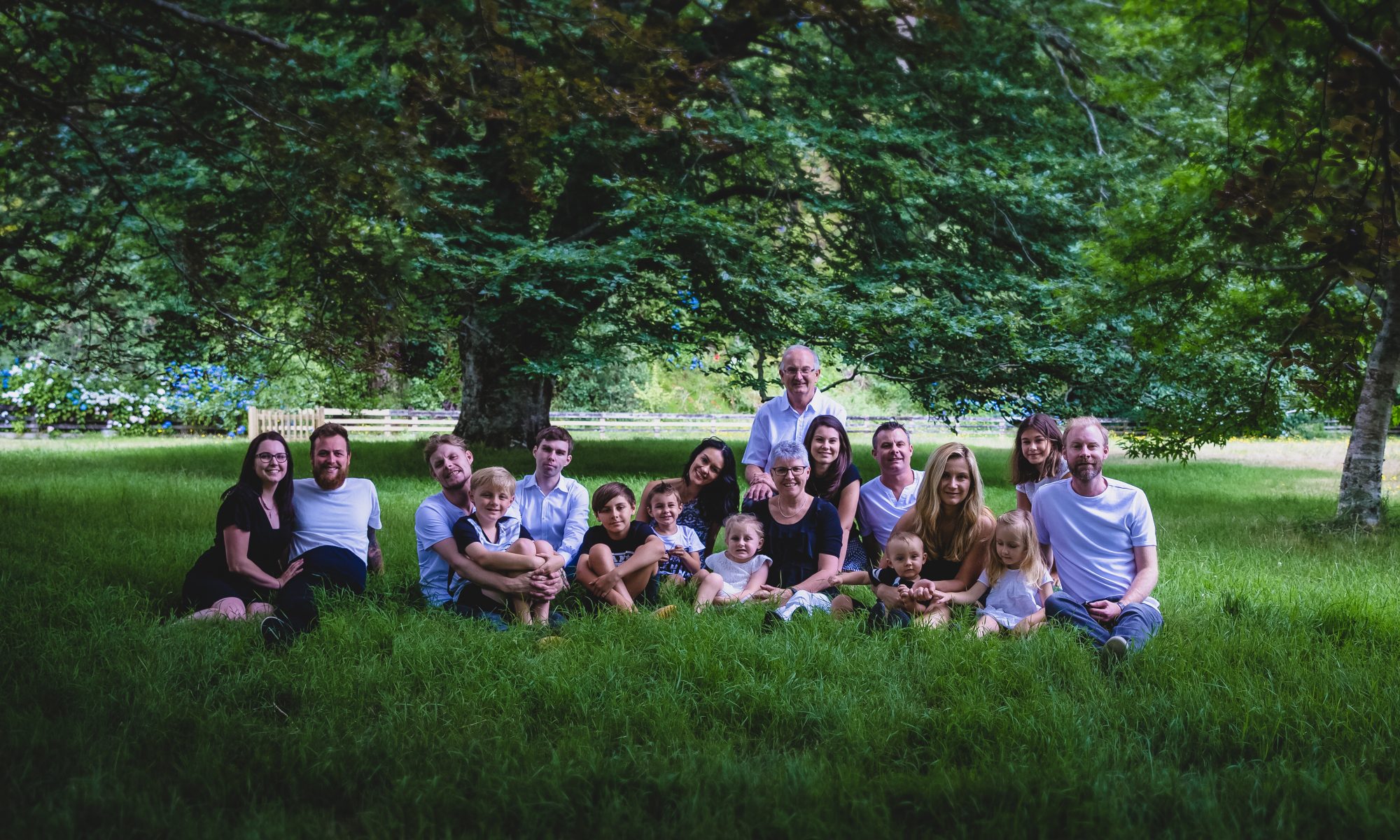So we are now in Bulgaria, staying at the capital city of Sofia. The first morning we did a walking tour of Sophia and in the afternoon we chose to take the extra tour to The Rila Monastery. None of us had even heard of The Monastery or even seen any photos of it, so we were in for a surprise. The Monastery was only a nearly two hour drive, but the day before we had traveled from Ohrid to Sofia, and it ended up an all day trip. The roads were kind of windy (curvy) and some of us felt like we had a little motion sickness going on in our heads. Not the kind that makes you feel sick but the kind that gives you a woozy head, even on land. Now the trip to The Monastery, as I said, is nearly two hours, but we have to come back to Sofia and that totals another big day of traveling… on a bus… and including windy roads! We were thinking that this Rila Monastery better be worth the trip!


The drive to the Monastery was broken up with a stop at Kocherinovo to see the nesting Storks.



We also stopped for lunch. A lovely meal of fried trout, tomatoes, shredded cabbage and potatoes… yum! And the view was so relaxing.



So that good break in the traveling was such an great idea! Next stop was the Monastery. Reader prepare to be amazed when you look at the photos! It’s a wonderful place to see!



























Now for all the details about the monastery. I’m going to let Wikipedia tell you all about it….
The Rila Monastery is the largest and most famous Eastern Orthodox monastery in Bulgaria and occupies an area of 8,800 m². It is situated in the southwestern Rila Mountains, 117 km south of the capital Sofia in the deep valley of the Rilska River at an elevation of 1,147 m above sea level. The rectangular monastery is named after its founder, the hermit Ivan of Rila (876 – 946 AD). It is regarded as one of Bulgaria’s most important cultural, historical and architectural monuments and is a key tourist attraction for both Bulgaria and Southern Europe. In 2008 alone, it attracted 900,000 visitors. It was destroyed by fire in 1833 and then reconstructed between 1834 and 1862 with the help of wealthy Bulgarians from the whole country.
The main church of the monastery has five domes, three altars and two side chapels, while one of the most precious items inside is the gold-plated wall of icons and religious paintings. The church is also home to many valuable icons, dating from the 14th to the 19th century. Porches in the courtyard have Mamluk influence with the striped painting and the domes, which became more popular in the Ottoman Empire after the conquest of Egypt. It is truly a remarkable sight to see.
The four-storey (not counting the basement) residential part of the complex consists of 300 chambers, four chapels, an abbot’s room, a kitchen (noted for its uncommonly large vessels), a library housing 250 manuscripts and 9,000 old printed matters, and a donor’s room. The exterior of the complex, with its high walls of stone and little windows, resembles a fortress more than a monastery.
Yes we traveled nearly an extra four hours, two hours there and back. Was it worth it? definitely. I am very happy to say that we have been there. That I have seen that wonderful place with my own eyes. Ahhhhhh! What a pleasure it was! Looking at the photos do you agree? Let me know by adding your comments 🙂

Another great post Pam. I agree, it was worth the effort. I wonder if the woozy head was due to us being in the back seat for that trip?
I am thoroughly enjoying reading all your comments and looking at your photos. Great to see how we all take different photos and find different things.
Keep up the good work.